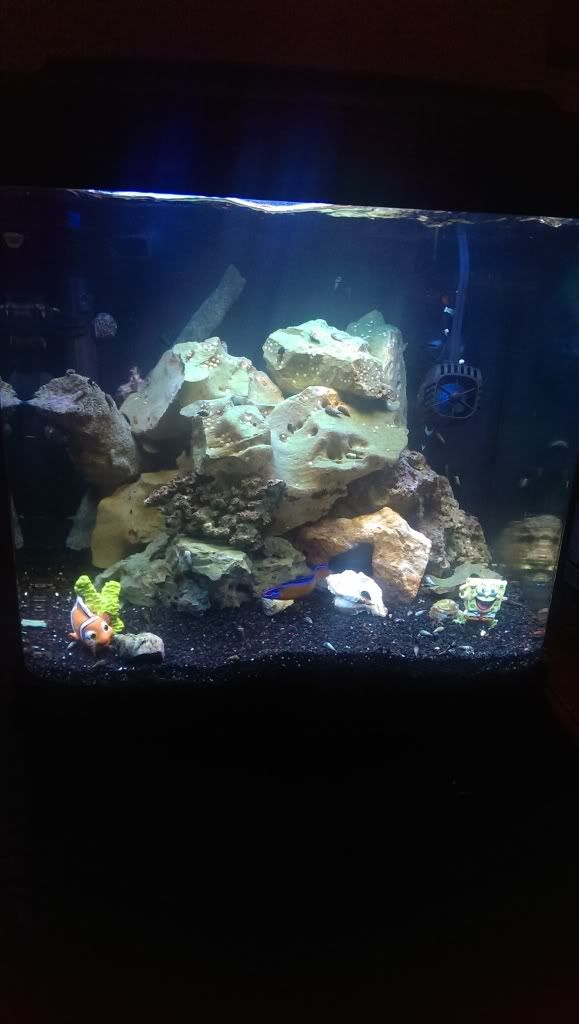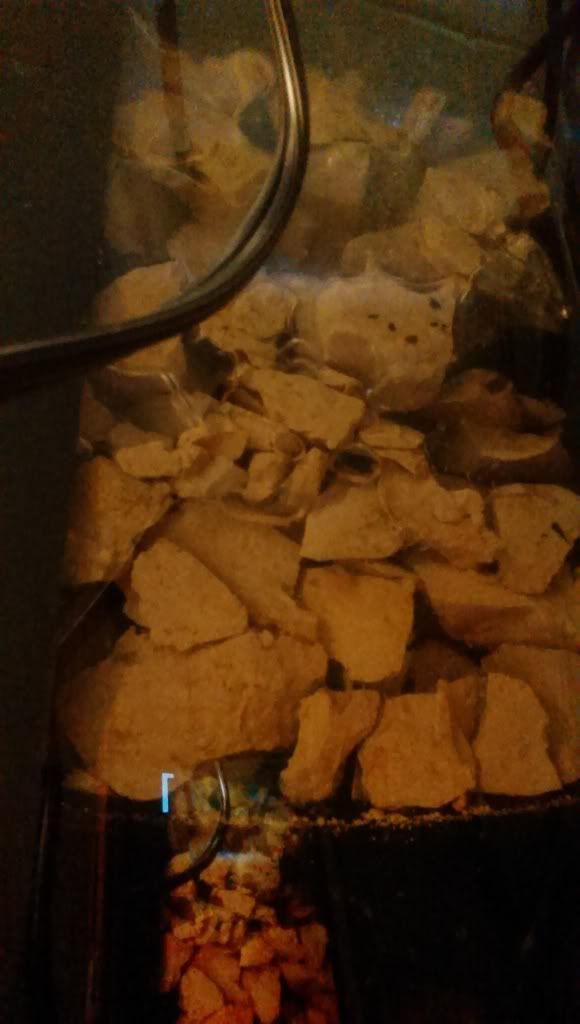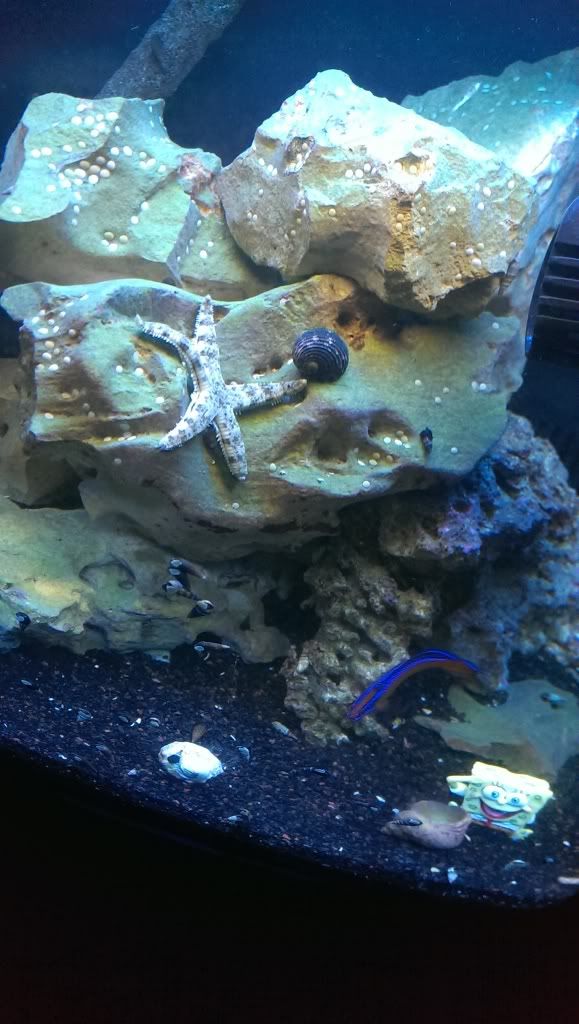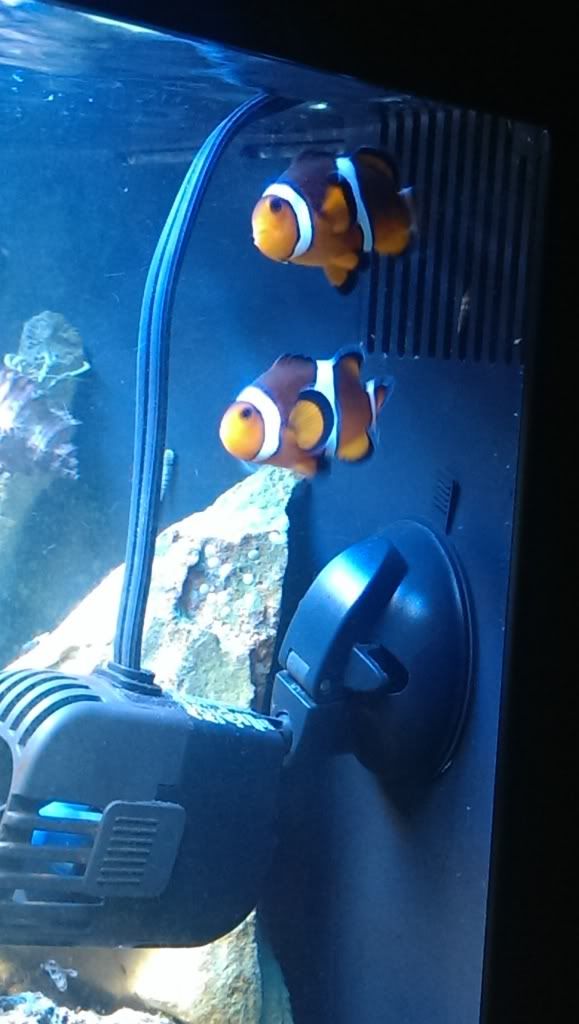Angel082590
Member
Hello, I need some help on getting rid of nitrates bad. I've had my tank up and running since may 19, I have 2 clowns, 1 neon dotty back, 2 hermit crabs, 1 sea star, and a crap load of snails. I ordered from reef cleaners and they sent me so many of these one snails that I believe I have way to many for my little tank to handle. Since setting my tank up my nitrate level has been up and down but never lower then 5. I just tested the other day and it has been the highest it has ever been at 80. I haven't done a water change in 2 weeks so they have some things to do with it. I plan on getting a protein skimmer very soon to see if that will help lower it. All my other levels are prefect its just been these damn nitrates that I'm having trouble with and I'm getting so frustrated. I have also tested the water I'm using and that is reading at 0 so I'm fine there. So can so done please help me out.







